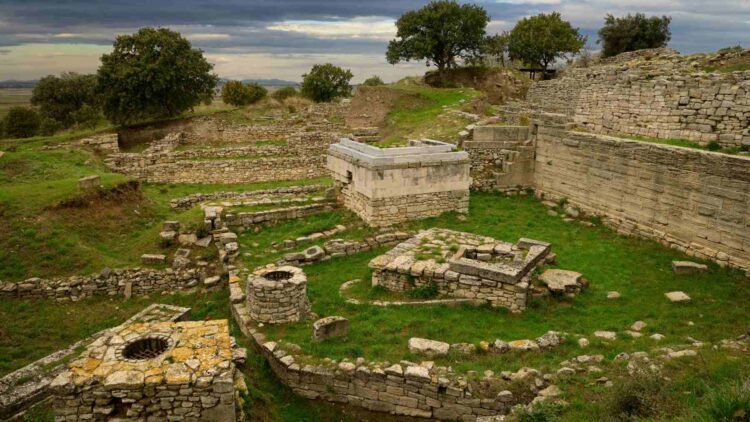Classic literature can tell us a lot about the time period it was written in, the culture, the customs, the society and sometimes even the places that we will never get to see as they have been destroyed by time. But sometimes there is a chance that we can take one of these pieces of writing and investigate it further, really figure out what happened and separate fact from fiction in order to learn from it. The story of the battle of Troy is one of the best known classics in history, which has remained popular for centuries, and now a team of researchers are looking to see if they can dig into the legend and find out what really happened back in the day.
Of course there is a big mythology part that we will never be able to prove or disprove given its otherworldly occurrence, but there is a lot of history imbued in Homer’s Iliad that could definitely be explored further. That is why a new wave of archaeologists is returning to Hisarlik Hill with renewed conviction to see what we can learn all these years later.
This fresh excavation effort kicked off in May 2025, under the guidance of Professor Rüstem Aslan from Çanakkale Onsekiz Mart University, and it is focused on areas around the lower city that have not been thoroughly explored in the past. They are aiming to find if there is any real-world evidence behind the famous Trojan War, specifically from the 13th century BC, the era often linked to the Mycenaean version of the story.
The battle of Troy, fiction or reality
While the romance part of the story may be e one that has stuck in our minds, that is not what archaeologists are trying to prove. They are focused on finding hard evidence of large-scale violence and to do that they are excavating three main spots, parts of the outer walls, the lower city sectors, and open ground beyond the city limits, which are all potential battlefields.
The have found some promising remains, scorched pottery, bronze weapon fragments, arrowheads, slingshot stones, and walls that appear to have collapsed during violent events that definitely go along with older discoveries like skeletons showing traumatic injuries. Thee all indicate that Troy was indeed attacked during the Bronze Age, but that was not uncommon, the question is whether the battle was on the scale that we think it was based on the literature.
Since it has been so long since the area was excavated the first time around, technology has improved vastly, and so archaeologists are using new technologies like LIDAR, magnetometers, and drones. And it has paid off. Just west of the lower city, they detected outlines that might represent old military camps or staging grounds, which are areas where troops could have gathered or stored supplies during a siege. They have also found compelling evidence for a battlefield southwest of Troy, and if proven right, this could be an actual battlefield tied to the city responsible for the myth of Achilles and Hector.
Again, the idea is not to prove that these legendary heroes existed but to show that memories of real conflict could have been shared through the centuries, eventually morphing into the poetry that we know today. The city Homer wrote about aligns with either Troy VI or Troy VIIa, both of which existed between 1700 and 1200 BC (keep in mind that the city had nine confirmed distinct city phases dating from 3000 BC to Roman times), and Troy VIIa, in particular, seems to have met a violent end that was likely a siege.
But gathering evidence could be a lot more complicated than expected, as Heinrich Schliemann’s 19th-century excavations were not focused on preservation. He was obsessed with proving Homer right, and to do this he tore through layers of the site, destroying later remains in his quest to reach what he believed was the “real” Troy.

